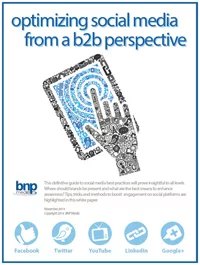Europe: A Review of Printing Ink
After a period of raw material price stability, the printing ink industry now has to cope with substantial price increases for pigments, resins, solvents and other raw materials. Consequently, printing-ink producers will have to raise prices for their products. It is essential to communicate this necessity convincingly to consumers, and to initiate price increases effectively in this highly sensitive market.
The Global Challenge for the Printing Ink Industry
It was groundbreaking when the European Union approved of the takeover of Coates Lorilleux by Sun Chemical. Thus the largest printing ink producer acquired number two. However, this transaction will remain the only one of its kind in the printing ink business — a lack of possible partners makes a repetition impossible. All other companies are small- and medium-sized enterprises that are much less open and flexible when it comes to mergers and acquisitions.Despite this, the printing ink industry is also affected by globalization because its customers are going global. Multinational printing and publishing companies prefer to have one supplier worldwide. This may be convenient from a commercial point of view, but technical standards, legislation, and raw material availability vary from region to region, no matter if the producer is part of a multinational group or a small- or medium-sized company. In addition, printers require service and technical consulting on location, especially in the packaging segment. In this field, there are few benefits for “single-sourcing.” This could be an opportunity for small- and medium-sized enterprises — if they manage to build up international cooperation networks of otherwise independent companies, they could combine the convenience of single-source purchase with high-quality local services. This will be a difficult way to go, because conflicts of interest are forseeable.
The trend toward concentration and consolidation is just one aspect of globalization. Another aspect is the possibility to sell products worldwide, independently from the size of a company and its location. However, printing ink producers face one major problem: many products are not standardized, one of the basic preconditions for trading products worldwide. Highly standardized products can be offered through the Internet. Printing ink, however, has to be adjusted individually to consumer needs and technologies, and involves a high level of local service. These demands can only be satisfied by decentralized local service centers.
POG Focuses on Food Packaging Ink
The work of CEPE’s POG Printing Inks currently focuses on printing inks for food packaging. The Committee of Experts on Food Contact Materials of the Council of Europe (CoE) is drafting a resolution on printing inks applied to non-food contact surface of food packaging. In November 1999, POG members developed a test program to support the CoE committee. The aim of the tests was to determine the conditions necessary to exclude migration and invisible set-off from inks to the food. The tests were scheduled to be finished and presented to the Council of Europe by the independent research institute FABES in Munich, in cooperation with CEPE’s Task Force Printing Inks for Food Packaging.Looking for a reprint of this article?
From high-res PDFs to custom plaques, order your copy today!







